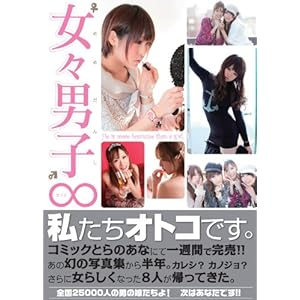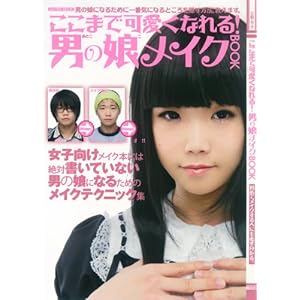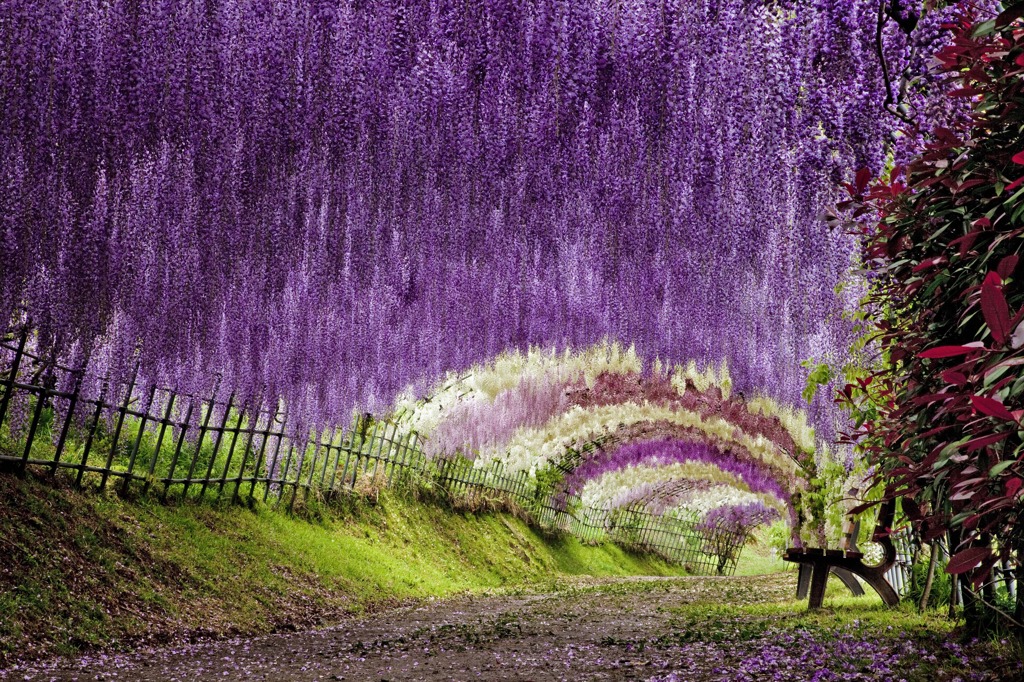Hi everyone!
Last weekend my husband and I went to Matsumoto City by car. The purpose of our visit was, needless to say, the famous Matsuoto castle (松本城、城、pronounced [jo:], means a castle). What else? Well, actually, there are some other minor touristic spots in this city but the castle is the only place worth a long trip.
Believe me, even if there are not many things to see, you'll never regret going there to see the magnificent castle.
 |
| Photographed from the outside of the moat surrounding the castle keep |
If you are interested in traditional Japanese architecture, you should never miss Matsumoto Castle, one of the four castles designated as Japan's national treasures, along with Himeji Caslte, Inuyama Caslte and Hikone Castle.
Many other castles were burnt down during World War II or demolished after the feudal system was abolished in 1871. Wooden structures need to be constantly maintained, but most ex-feudal lords who lost their privileges no longer had enough money to keep the gigantic buildings. As a result, many castles, except for the lucky four, deteriorated over time or got heavily damaged due to typhoons, earthquakes and other natural disasters. In later years they were restored but are too new to be national treasures.
By the way, do you know every Japanese castle has a nickname? Himeji Castle is called the White Heron Castle due to its pure white exterior, and Matsumoto Caslte is the Crow Castle because, as you can see, it is all black outside.
 |
| The same keep from a different angle |
Matsumoto Castle was originally constructed in 1504 by the Ogasawara Clan. Its owners had changed many times In 1590 the Ishikawa Clan, the owner of the castle of the time, began the construction of the castle keep, or "tenshu-kaku" (天守閣) in Japanese. It was believed to be completed in 1593 or 1594.
This is the main gate of the castle Taiko-mon (太鼓門), built in 1595. You need to pay the entrance fee of 610 yen for an adult, 300 yen for elementary school and junior high school students (6-15 years old) to enter the castle keep.
When there are too many visitors, entry to the castle is limited and you might have to wait more than one and a half hours. If you plan to stay overnight near the castle, I suggest that you come back next morning when the gate opens at 8:30 a.m.
When you go through the gate, you'll notice the huge rock on your left hand, called Gamba-ishi (玄蕃石), a symbol of the power and authority of the ruler, because it required so many laborers to quarry such a big stone (3.69 meters high and 22.5 tons) from a mountain and carry it to the castle site.
Can you see the small triangular and rectangular shaped holes on the black wood wall? They are for firing guns and bows when attacked by enemies.
After Taiko-mon, you go through another gate called Kuromon (黒門), adorned with the family crest of Toyotomi Hideyoshi (豊臣秀吉), the liege-lord of the Ishikawa Family. It is widely believed that they made Matsumoto Caslte black modeling after Hideyoshi's Osaka Caslte to show their loyalty to him.
When entering the castle, you have to take off your shoes. You are given a plastic bag so that you can put your shoes in it and carry them around. Don't leave your shoes at the entrance!
In the castle, various precious items related to the the castle are displayed such as rifles and armors.
While many castles restored after World War II are constructed of concrete, the Matsumoto Castle is made of woods as you can see.
The stairs are narrow and steep. Sometimes you have to wait when other people are going up and down the stairs.
Usually the lords and their families were not living in the keep. They moved in to the castle keep only in wartime. The space where the lords stayed is surrounded by blinds and a little nicer than other areas.
This is the view from the keep. Isn't it nice? If you like hiking and trekking, there are so many famous mountains and plateaus near Matsumoto City, such as Kamikochi (上高地) highland and Yarigatake (槍ヶ岳)peak. For more information about mountain activities, visit the site of the National Parks Foundation. Click here (in English).
 |
| Kamikochi highland (Photo from National Park Foundation) |
Matsumoto Castle is located in the center of the city, only 10 minute-walk from Matsumoto Station.
address: 4-1 Marunouchi Matsumoto City
tel.: 0263-32-2902Open 8:30 a.m.-5 p.m. daily; closed Dec.29-Jan. 3.
ここからは日本語で。
日本にはたくさんの城がありますが、国宝に指定されているのは4つだけです。
その中の一つが長野県松本市にある松本城で、その黒い色から烏城とも呼ばれています。
とても美しい城で、これを見るだけでも松本に行く価値があります。
混んでいるときは入場制限があって、1時間半ぐらい待たなければならないかもしれないので、もし松本に宿泊するなら、門が開く朝8時半に行ってみたらいいですよ。
戦後に立て直された城の多くはコンクリート造りですが、松本城は木造です。中には貴重な資料が展示されています。
松本市はきれいな街ですが、市内には松本城以外にそれほど有名な観光スポットはありません。
しかしハイキングやトレッキングが好きなら、上高地や槍ヶ岳など、日本を代表する山や高原が近くにたくさんありますから、ぜひ行ってみることをお勧めします。















































